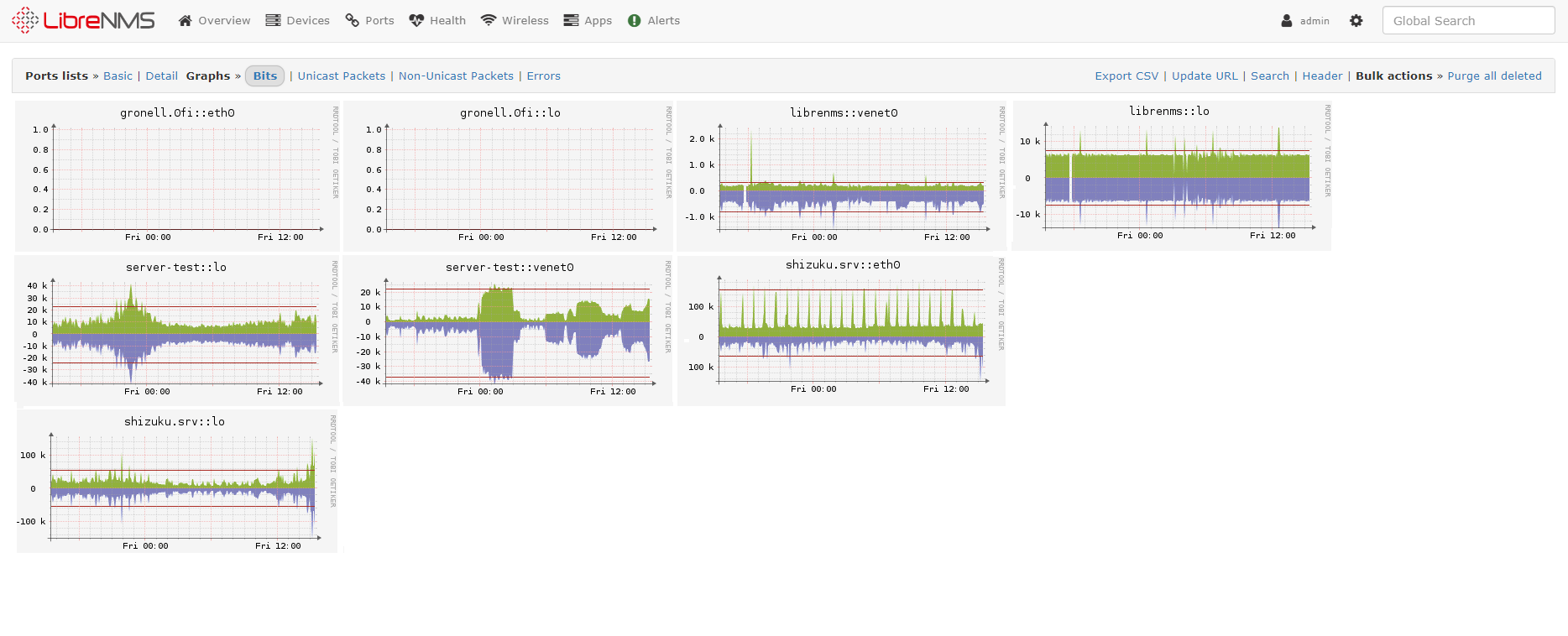
If you want to see how your communication with a certain server is going, then you can use the host keyword, for example (including some of the parameters from above): tcpdump -i eth0 host While the manpage for tcpdump just contains a few examples, the manpage for pcap-filter has very detailed explanations on how each filter works and can be applied.

The expressions that you’ll probably be using the most are: The concept is pretty straightforward, so we’ll leave out the dry theory here and support the understanding with some practical examples. So far you’ve managed to limit your search to a certain amount of packets on a certain interface, but let’s be honest here: that still leaves too much background noise to effectively work with the collected data. Using expressions allows you to selectively display (or ignore) packets based on certain characteristics – such as origin, destination, size, or even TCP sequence number. They are also known as BPF or Berkeley Packet Filters. Expressions will make your life a lot easier. Now that you have a basic understanding of tcpdump, it’s time to look at one of tcpdump’s most awesome features: expressions.

#How to install tcpdump centos free#
Feel free to read tcpdump’s manpage on your system.

There are dozens (if not hundreds) of options in addition to those few, but they are the most common ones. If you wanted to capture 100 packets, but only on your VPN interface tun0, then the tcpdump command would look like this: tcpdump -i tun0 -c 100 -X
#How to install tcpdump centos how to#
Running it on a freshly spinned up instance here on Vultr for less than five seconds gives the following results: 2661 packets capturedīefore going into more details on how to filter input, you should take a look at some parameters that can be passed to tcpdump: If you run tcpdump without any arguments, you’ll be be battered with results. There’s also a port available, net/tcpdump which can be installed via: cd /usr/ports/net/tcpdump For Debian based distributions, the command to install tcpdump is: apt-get install tcpdumpįor CentOS/RedHat, use the following command: yum install tcpdumpįreeBSD offers a pre-built package which can be installed by issuing: pkg install tcpdump However, nearly all Linux distributions have tcpdump in their core repositories. Since tcpdump is not included with most base systems, you will need to install it.

A short snippet of the more advanced features (such as logical expressions, filtering by TCP flags).Filtering based on certain traffic characteristics.This article will be split into three parts: Tcpdump is a network packet analyzer that runs under the command line. In this case, tcpdump is the tool for that job. Of course it would be easy to just shoot a mail to the support department, but sometimes you need to get your hands dirty. If you run a server, you will undoubtedly get to a point where you need to nail down some network-related problems.


 0 kommentar(er)
0 kommentar(er)
